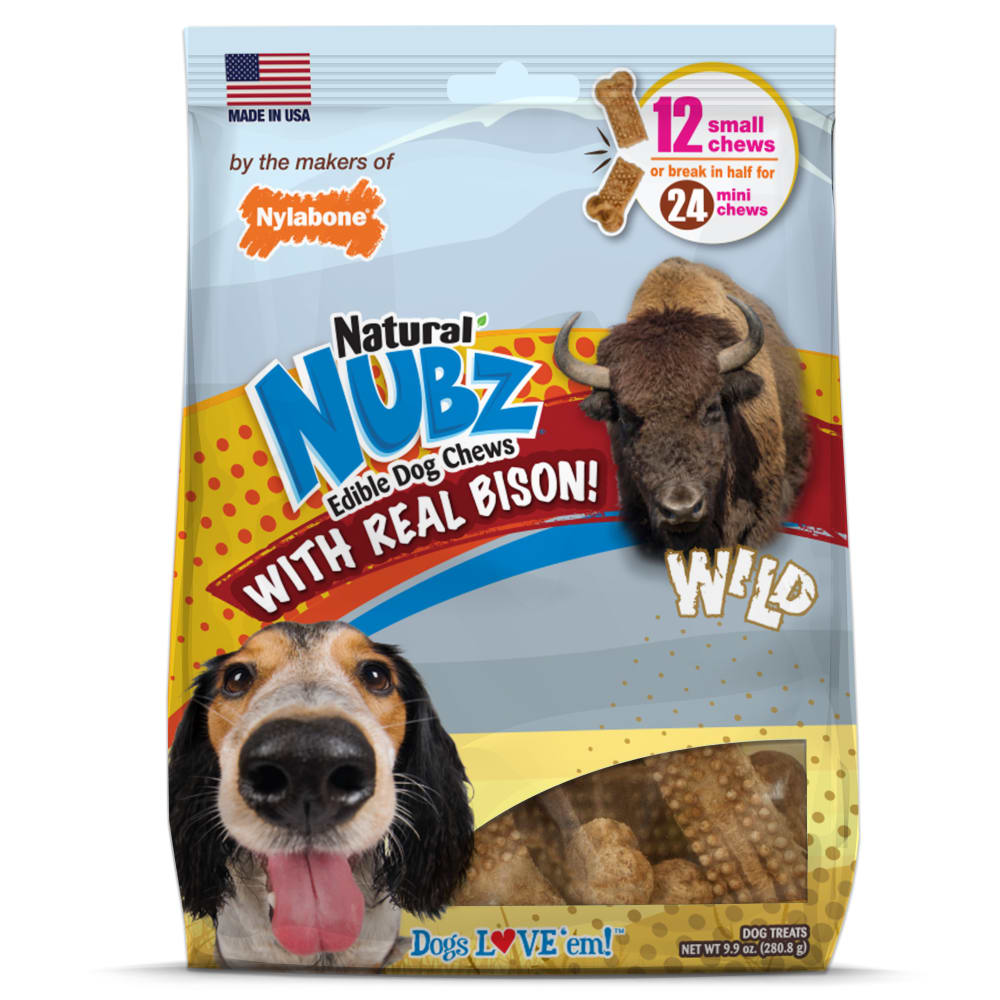Pug Dog Breed
Country of Origin : China
Height : 10–14 inches
Weight : 14–18 pounds
Coat : Short, smooth, fine, soft, glossy
Colors : Fawn, black; mask
Registries (With Group) : AKC (Toy); UKC (Companion)
Origin and History
The Pug has a relatively ancient heritage going back to the Chinese, who have always loved flat-faced dogs. They originated the Shih Tzu (Lion Dog), and the Pekingese, both with whom the Pug (Foo Dog) may share bloodlines. He was highly prized by Chinese emperors, and it was against the law for anyone but royalty to own the dogs. As traders from the Dutch East India Company made their way around the world in the 16th century, they found the Pug, quickly fell in love with the breed, and brought specimens back to Holland. He became the official dog of the House of Orange when a Pug saved the Prince of Orange's life by alerting him to approaching Spaniards in 1572. Pugs made their way to the United States shortly after the Civil War and were being exhibited by the mid-1880s. They didn't immediately gain favor; in fact, it wasn't until the 1930s that they became recognized by kennel clubs in the United States. In the past decade or so, however, the Pug has become one of the most popular—and well recognized—dog breeds in the world.
Personality Profile
The Pug's motto is multum in parvo, "a lot in a small package," which captures his essence. It is no wonder he has been adored by so many for so long—he is big enough to be "all dog" but small enough to go anywhere. He is an even-tempered, happy, affectionate, and jovial companion. Clever and mischievous, he is curious and curious looking, attracting attention and returning affection. The Pug is friend to all types and ages of people and gets along well with other animals, too—especially when socialized from an early age. Because of their shortened face, Pugs have breathing problems and will snore and snort.
Care Requirements
Exercise
The Pug needs to get out into the world and work his body. Several walks a day will satisfy his exercise requirements and his curiosity.
Grooming
The greatest challenge in grooming a Pug is keeping his face clean. The wrinkles must be kept dry and free from dirt, as do the areas around his eyes. His coat needs only occasional brushing, although he is a regular shedder.
Life span
12 to 15 years.
Training
The Pug is a natural "gentleman"—maybe because of centuries of royal living. This doesn't mean that he shouldn't be trained, though. He's an intelligent and curious fellow and appreciates direction.
Find a Nylabone chew, treat, or toy for your Pug or small dog by using our Custom Product Finder!
FOLLOW US!






